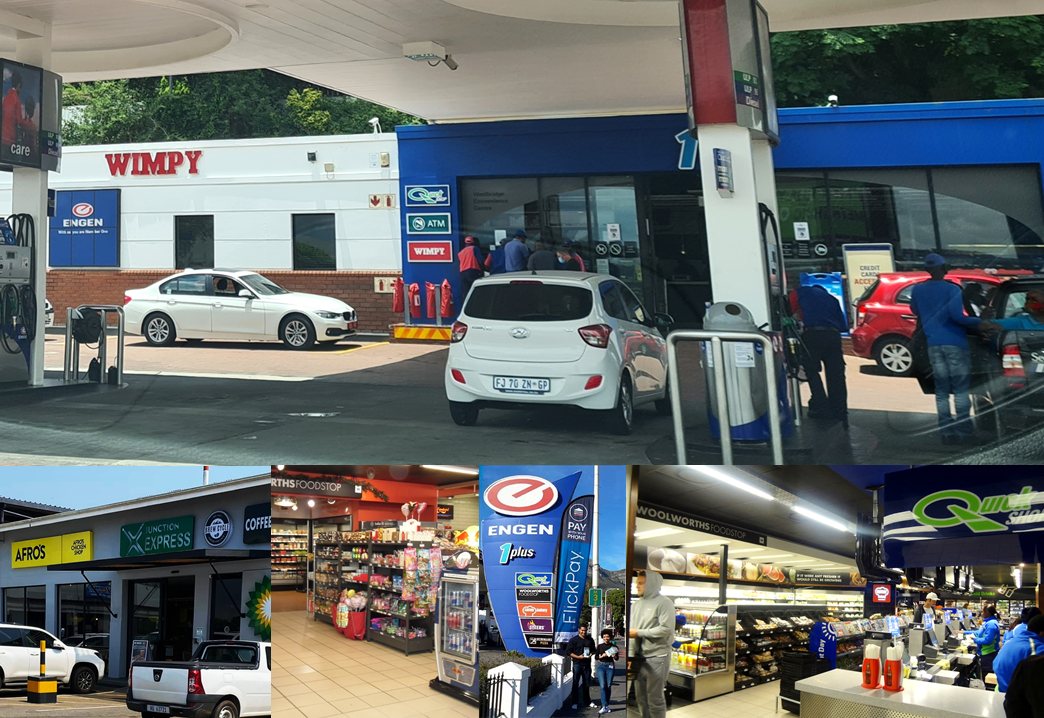These days most of us can agree that time is one of our ultimate luxuries. As a result, satisfying shoppers’ need for convenience for any FMCG retailer is not just a “nice to have”, but a business imperative – an imperative that takes on new significance in this time of COVID-19.
The need for convenience has been growing significantly in recent years and what is becoming increasingly evident for many retailers is the need to adapt to continue to remain relevant. We have witnessed hypers and supermarkets make changes that include smaller shop formats and setting up shops in closer proximity to their shoppers. A modern retailer previously only found in a city centre is now becoming a “neighbourhood retailer” in “ekasi ” / townships, bringing products and services close to those who previously had to take a taxi to get them, sacrificing time and money.
Convenience can also be about ready-made meals or a greater array of services ensuring one-stop shopping – basically anything that will save travel time, cooking time and/or hassle time.
And very recently, convenience has been looking at more than just bricks and mortar establishments, incorporating the digital sphere which continues to gain prominence as technology advances. After all, what can be more convenient than placing a shopping order on your phone and seeing it delivered to your door?
![]()
Enter the greatest retail disruptor of the century – COVID-19
We do not need too much reminding that COVID-19 has upset most aspects of our daily lives, from how we do business to how we behave as individuals. The disruption brought on by the pandemic has manifested in different ways and from a shopper perspective, it has undoubtedly accelerated the need for convenience.
What was convenient before, may no longer be enough. Previously going into a grocery store on the way home to pick up a ready-to-eat meal may have been deemed convenient. Now however, convenience needs to go a step further – we also want to be able to park close to the store and avoid spending time in a queue when social interactions may place us at risk of infection. The pandemic, coupled with the fact that we are living in an era where shoppers are becoming increasingly time-starved, has meant that the trading landscape has changed more rapidly and drastically than anyone thought it would need to, with all the resulting repercussions for the players in this space.
![]()
Forecourt convenience in meeting shopper needs
Forecourt stores are only but a part of how retailers are meeting shoppers’ need for convenience. Given how a forecourt store’s proximity to shoppers sets retailers up to win from an ease of access point of view, just how these stores can go further to meet shopper needs is now receiving increased interest.
Even before COVID, the popularity of forecourt convenience stores was rising, with more people looking to them for quick access not only to the five Cs (cigarettes, coffee, cold beverages, confectionery and chips), but also to a few necessary basket items such as bread, milk and quick meals, while “on the run”. Initially this change was attributed to an increase in disposable income among the middle-class market, however with the arrival of COVID-19, forecourt convenience retail is satisfying shoppers across their range of needs due to the type of convenience it offers.
Forecourt stores are more than just easy to access – it is the added-value services offered at these convenience stores that are drawing shoppers in. Services such as coffee bars, quick and healthy meals, pre-paid electricity, ATMs, etc., are all delivered quickly and easily, give shoppers further reasons to stop at their local forecourt.
![]()
Where is forecourt convenience headed?
The trends in this market are changing and will continue to do so as forecourt retailers work out how to continually meet the changing needs of shoppers. One of the trends that forecourt retailers will look to leverage is loyalty cards as a source of data, which can be used to paint a picture of shopping behaviour by demographics, time of month, etc. This information will go a long way to help retailers ensure that they have adequate stock of products that shoppers want and could also be used to inform promotional activities to help draw in existing and potential shoppers.
Amid ensuring that shoppers’ needs are met, what will be interesting to observe going forward is the experiential aspect of convenience forecourts stores. Previously a quick “grab and go” space, shoppers are spending more time in these stores which will undoubtedly call for a focus on creating an experience that shoppers enjoy, while at the same time not compromising on their need for ease.
![]()
What does this mean for suppliers?
Some trends come and go, however, since our “new normal” is becoming more and more entrenched as “the normal”, the need for convenience is a trend that is here to stay. It goes without saying that this change in the landscape will have implications for both forecourt convenience retailers as well as their suppliers.
Understanding the trends in this space will go a long way to enable suppliers not only to play, but win in convenience. How do suppliers set themselves up not to miss out on this growing channel? Join Trade Intelligence as it hosts a webinar that will unpack forecourts’ role in the future of convenience on 22 April 2021. A report is also available for purchase, read more.

